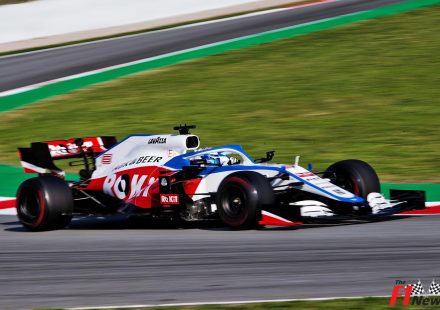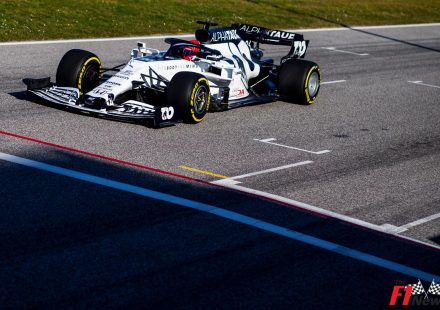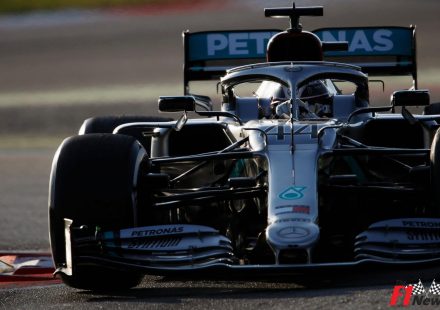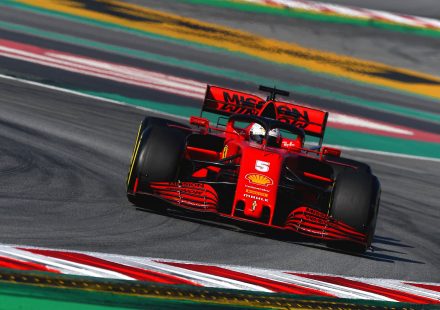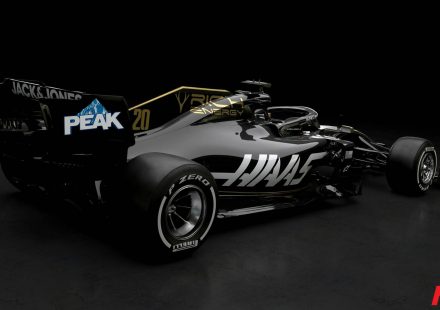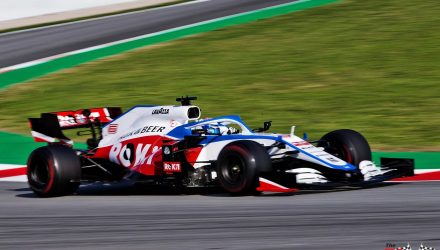This is the Formula 1 second visit to Spain in little more than a month, and in very different circumstances.
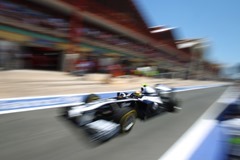 The Valencia Street Circuit feels very stop-start in comparison to Barcelona’s fast sweeps, but it still provides an interesting technical challenge. The cars nudge 200mph on two occasions on the lap, but there are no fast bends on the 25-corner lap and it’s difficult to set the right downforce levels on the cars. What’s more important: stability under braking, or straight-line speed? This is also the only circuit on the calendar to take in an active swing bridge. Here are some thoughts from the key team members regarding the upcoming grand prix:
The Valencia Street Circuit feels very stop-start in comparison to Barcelona’s fast sweeps, but it still provides an interesting technical challenge. The cars nudge 200mph on two occasions on the lap, but there are no fast bends on the 25-corner lap and it’s difficult to set the right downforce levels on the cars. What’s more important: stability under braking, or straight-line speed? This is also the only circuit on the calendar to take in an active swing bridge. Here are some thoughts from the key team members regarding the upcoming grand prix:
Mark Gillan, Chief Operations Engineer: Following the last two set of race results we are keen to continue to demonstrate our team’s improvement and ensure both cars come home in the points. Valencia proves a difficult track for both driver and car and with the expected large track evolution throughout the weekend tyre management will once more be crucial. Pirelli bring the medium and soft compounds to this race, a pairing that was last used in Bahrain. The track layout places a lot of stress on the braking system and the high ambient temperatures, coupled with a lower than average mean speed, forces one to open up the cooling package.
Pastor Maldonado: Valencia is a challenge for the drivers because it combines a street circuit that’s used by regular road cars throughout the year with sections of regular race track so it can be tricky to achieve the ideal set up. The layout is quite quick with some long straights but there are also some slow corners so finding the right balance will be crucial to doing well. We’re constantly developing the car and it is showing good long run consistency at the moment and hopefully we can improve on the last couple of races and pick up some good points.
Bruno Senna: Street circuits are always challenging for a driver and Valencia is certainly no different, requiring decent straight line speed combined with an efficient braking system to cope with the heavy braking areas. Our pace in Canada was not really reflective of the cars potential, but we’ve been working hard to understand the reasons why and hopefully we can put that behind us and gain a stronger result here.
Rémi Taffin, Head of Renault Sport F1 Track Operations: It’s actually a big challenge to get the engine mapping right for Valencia as the corners are so similar. Ten corners are taken in first, second or third gear, and if you get one corner wrong then you will be at a disadvantage for the rest of the lap. Typically delivering this driveability at low torque and mid revs is one of the strengths of the Renault engine as our engineers are adept at tuning drive maps to deliver torque smoothly to help the driver control slip ratio and tyre wear.
Paul Hembery, Pirelli Motorsport Director: For Valencia we’re bringing the P Zero White medium tyre and the P Zero Yellow soft tyre. We normally experience hot weather there and Valencia contains more corners than any other circuit on the Formula One calendar, with reasonably high average speeds, so we need harder compounds than we have had at the last two street circuits: Monaco and Canada. Last year, the frontrunners all adopted a three-stop strategy, with three stints on the soft tyre followed by a final stint on the medium tyre. It will be interesting to see what they opt for this year, with the cars so closely matched. As there are limited overtaking opportunities, qualifying well to gain track position at the start will be crucial, just as it is in Monaco.
Source: Williams F1 Team

